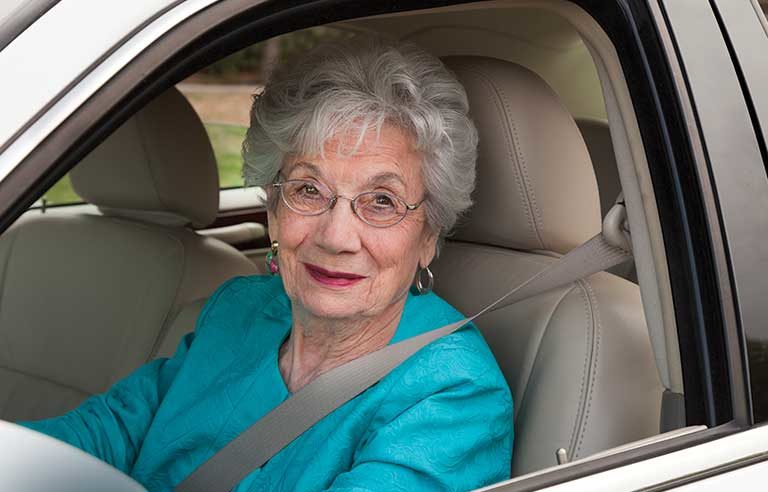Are your aging loved ones safe behind the wheel?
It may be time to have a conversation

Photo: dszc/iStockphoto
As we age, physical and cognitive changes are normal.
They affect how we see, hear, process information and make decisions – all important parts of safe driving.
If you have an older person in your life, and you worry about them getting behind the wheel, now may be the time to start an ongoing conversation about when driving is no longer safe – for them, their passengers and others on the road.
It’s not always easy to talk about.
“Everyone develops differently and we all decline differently,” said Ryan Pietzsch, a program technical consultant for driver safety at the National Safety Council. “Not all mature drivers lose their dexterity or lose the ability to do things. What we can’t control is the deterioration, but we can be aware of it. Open, respectful conversations can make that transition a better experience for everyone involved. Saying, ‘You can’t drive anymore’ is the last thing you want to do.”
When it’s time to stop
Four factors can affect an older person’s ability to drive safely:
Time and space awareness: Being able to judge how far to back up, safely change lanes or merge into traffic, for example.
Cognitive ability: Crossing into other lanes, not recognizing traffic signs or not being able to process what a sign means may be signs of cognitive decline.
Visual acuity: Difficulty seeing at night or at dusk and dawn are some examples.
Manual skills: Being able to act quickly, such as braking or steering to avoid a crash.
A decline in any of these four areas is reason for you to be concerned.
“All four are really important elements to safe driving,” Pietzsch said. “The severity of those instances increases very rapidly. That’s the time for intervention.”
When to yield
Although a crash or even a few too many dents, dings and scratches on your older family member’s car are signs of a possible safety issue, conversations about not driving anymore should start long before any incident occurs.
Noticing physical and cognitive changes that affect your own driving can be helpful in understanding how others can decline.
“As soon as you turn 50, you’ve got to start recognizing some of those things,” Pietzsch said. “Maybe you don’t drive at night. Maybe you find alternatives to avoid problem areas.”
Understanding the need for alternatives and having an ongoing conversation with an older loved one can make the transition away from driving less stressful.
Conversations about when to consider hanging up the keys can be aided by an eye doctor or a physician, who can explain how health changes and medications can affect the ability to drive safely.
“What you want to do is show them and guide them, and allow them to make that decision with you,” Pietzsch said. “The worst thing you can do is wait.”
When to proceed with options
When older adults can no longer drive safely, it’s understandable that they might feel a loss of independence.
How can you help ease this concern? Pietzsch recommends reminding them of their other options, including using public transportation or one of the many ride-sharing services available. And, of course, getting a ride from family or friends can have its perks, too.
“Instead of losing something, you’re replacing something,” Pietzsch said. “Instead of having the keys in your pocket, you’re replacing it with having an app on your phone to go anywhere at any time.”
When Pietzsch’s in-laws decided to no longer drive, they moved from a farm into a nearby town for easier access to stores and services.
“They recognized that driving was dangerous for them,” he said. “The best solution for everybody is for the individual to make that decision.”
Post a comment to this article
Safety+Health welcomes comments that promote respectful dialogue. Please stay on topic. Comments that contain personal attacks, profanity or abusive language – or those aggressively promoting products or services – will be removed. We reserve the right to determine which comments violate our comment policy. (Anonymous comments are welcome; merely skip the “name” field in the comment box. An email address is required but will not be included with your comment.)
